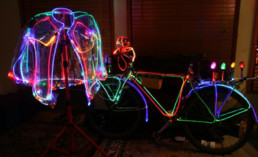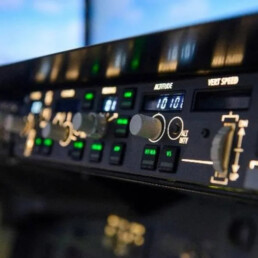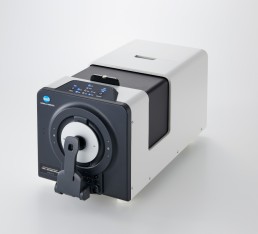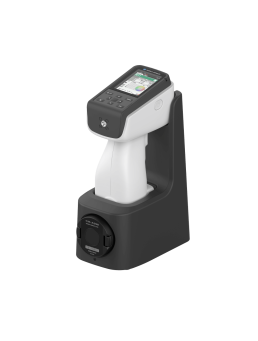The Future of Fashion: Glowing Clothing
Be prepared for this new glowing fashion trend as scientists at Fudan Univerisity in Shanghai have developed light-emitting fibers that can someday be woven into the very clothes we wear or become part of solar-powered wearables we may depend upon in the future. What they’ve invented is the world’s first smart fabric.
Instead of using Organic LEDs or LCDs, the Fudan University team decided on polymer light-emitting electrochemical cells (PLECs) to produce their glowing fibers. The choice was based on the fact that PLECs have a high electron-to-photon conversion efficiency compared to LEDS and LCDs, require less power and are transparent.
The team began with a thin steel wire and coated it with zinc oxide nanoparticles, an electroluminescent polymer and a transparent layer of carbon nanotubes. The result was a small fiber flexible enough to be woven into a fabric.
Currently, the PLECs emit bright blue or yellow light but can be made to emit other colors as well. One drawback is that the fibers created thus far are too short for practical weaving and their brightness decreases by half within four hours of operation. Researchers, however, insist that PLECs could eventually last several thousand hours.
Like many new breakthroughs, PLECs are bound to go through a period of trial and error. Make no mistake; these current experiments will lead to more robust versions of glowing fibers. No doubt someday in the not so distant future we will be wearing clothing that emits light as well as provides warmth. All of which could add another layer of meaning to telling someone they look radiant.
Konica Minolta Sensing’s instrument of choice for measuring the brightness of a surface is the LS-100 Luminance Meter. The LS-100 is among the most accurate and powerful spot luminance meters available anywhere.










